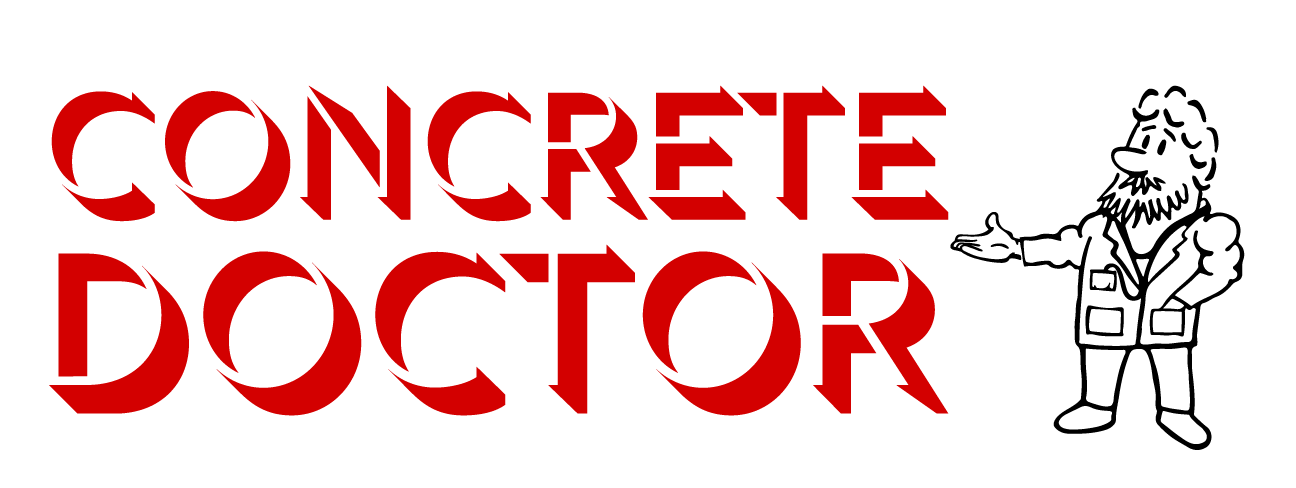New Concrete Pour, Tear Out + Replace FAQS
Should I Repair or Replace My Existing Concrete?
Repairing or replacing concrete depends on how damaged it is. Small issues, like cracks or stains, can often be fixed. But for deep cracks, major settling, or large spalling, replacement is usually the better option. When in doubt, ask!
What Is the Process for Tearing Out and Replacing Concrete?
Assessment: Evaluating the existing concrete's condition.
Demolition: Removing the old concrete using specialized equipment.
Site Preparation: Ensuring proper grading and compaction of the sub-base.
Formwork Installation: Setting up forms to shape the new pour.
Pouring New Concrete: Placing and finishing the new concrete.
Curing: Allowing the concrete to cure properly to achieve strength and durability.
How Long Does New Concrete Take to Cure, and When Can I Use It?
Freshly poured concrete sets for foot traffic in 24 to 48 hours. It fully cures and reaches its maximum strength in about 28 days. Wait at least a week before driving on it. This keeps the surface intact. We recommend applying a concrete densifier within 7 days and a sealer around 30 days.
What Factors Influence the Cost of Concrete Replacement?
Size of the Area: Larger areas require more materials and labor.
Thickness of the Slab: Thicker slabs use more concrete.
Site Accessibility: Hard-to-reach areas might increase labor costs.
Removal of Old Concrete: Demolition and disposal add to expenses.
Finishes and Treatments: Decorative finishes or sealants can increase costs.
What Are Common Risks or Issues with New Concrete Pours?
Cracking: Due to shrinkage or temperature changes.
Color Mismatch: Especially when matching new pours with existing concrete.
Surface Imperfections: Caused by environmental factors during curing.
custom epoxy flooring Faqs
What is an epoxy floor?
Epoxy flooring is a tough coating made from resin and hardener. It sticks to concrete, forming a strong and lasting surface.
What products do you use for epoxy flooring?
At Concrete Doctor, we proudly use Westcoat products. These high-performance materials are trusted by professionals across the country for their durability and reliability. If you notice price differences in bids, it’s often due to the materials used. So, always ask your contractors!
Are epoxy floors slippery?
Epoxy floors can be slippery when wet. We offer anti-slip additives to boost safety and maintain style. You won’t see the additive, but you will feel it!
How long does an epoxy floor last?
With expert installation and Westcoat's top-quality products, epoxy floors can last 10 to 20 years or more. This depends on the environment and how well they are maintained.
Can damaged epoxy floors be repaired?
Yes. If your epoxy floor chips or wears down, you can often repair it without redoing the whole surface.
Crack + joint repair Faqs
Why Should I Caulk Cracks and Joints in Concrete?
Caulking acts as a protective barrier. It stops water from seeping in, which can cause soil erosion under the slab. Erosion may lead to settling, cracking, and uneven surfaces. Sealing joints and cracks also helps prevent weed growth and reduces damage from freeze-thaw cycles. This process extends the lifespan of your concrete surfaces.
When Is the Best Time to Apply Concrete Caulk?
The best time to caulk is when the weather is dry and mild. Aim for temperatures between 50°F and 80°F. Before you begin, ensure the concrete surface is clean, dry, and free of debris. Don’t caulk when it’s raining or if the concrete is wet. Moisture can prevent the caulk from sticking and curing correctly.
What Types of Caulk Are Suitable for Concrete Repairs?
For concrete, pick flexible and durable sealants. Polyurethane and silicone caulks are good choices. They are elastic and resist weather. Products like Sikaflex Self-Leveling Sealant suit concrete joints and cracks. They protect against moisture and environmental factors.
Do I Need to Use a Backer Rod Before Caulking?
For joints and cracks deeper than 1/4 inch, use a backer rod. A backer rod is a foam rod that fills the joint's depth. It lets the caulk stick only to the sides of the crack. This helps keep the caulk elastic and stops it from sticking to the bottom. If it adheres to the bottom, it can fail early.
How Long Does Caulk Last on Concrete Surfaces?
The lifespan of concrete caulk varies by product and environment. High-quality sealants can last more than 20 years. They withstand UV rays and extreme temperatures, so they won't crack or dry out. Regular inspections and maintenance help extend the sealant's life.
